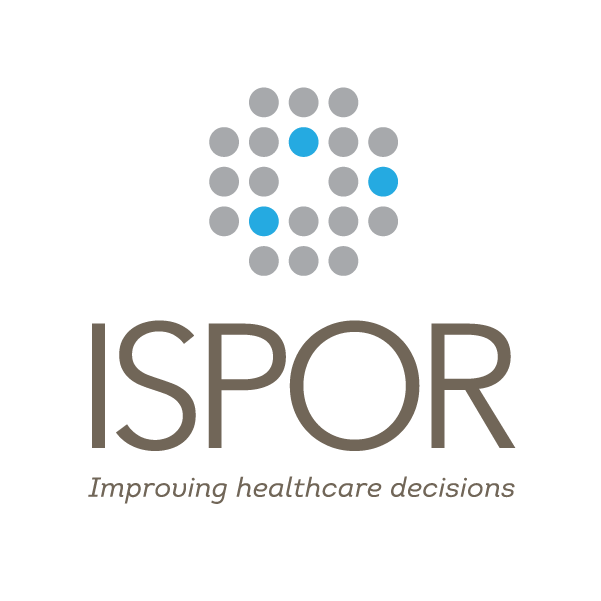Newswise — Lawrenceville, NJ, USA—September 5, 2023—Value in Health, the official journal of ISPOR—The Professional Society for Health Economics and Outcomes Research, announced today the publication of a report that identifies expensive Medicare Part B drugs with low added therapeutic benefit and models a reimbursement policy for them based on domestic reference pricing. The article, “Incorporating Added Therapeutic Benefit and Domestic Reference Pricing into Medicare Payment for Expensive Part B Drugs,” was published in the September 2023 issue of Value in Health.
The study identified all Medicare Part B drugs from 2015 through 2019 with a yearly average cost per treated beneficiary greater than the average annual social security benefit (ranging from $15,936 in 2015 to $17,532 in 2019) and characterized them as "expensive Part B drugs." For the group of expensive drugs identified in 2019, each drug's added therapeutic benefit was identified based on assessments by the French Haute Autorité de Santé (the French National Authority for Health, an independent public scientific advisory body).
For expensive drugs with low added benefit, the authors developed a model to estimate potential savings for Medicare Part B in 2019 from implementing a domestic reference pricing policy where the reimbursement of the expensive Part B drug was set at the level of the lowest-cost comparator (Scenario 1) or at the weighted-average cost of all comparators (Scenario 2).
“Our Scenario 1 policy, in which the prices of expensive drugs were set based on spending for their lowest cost comparator drugs, could have saved traditional Medicare over $2 billion in 2019,” said co-lead author Kelly E. Anderson, PhD, Department of Clinical Pharmacy, Skaggs School of Pharmacy and Pharmaceutical Sciences, University of Colorado Anschutz Medical Campus, Aurora, CO. “Setting the prices based on the weighted average of spending for comparator drugs (Scenario 2) would have translated to $1 billion in savings,” said Anderson.
The share of overall Medicare Part B drug spending attributable to expensive drugs increased from ~47% to ~60% between 2015 and 2019, while only 1.3% of Part B beneficiaries were using these drugs in 2019. Historically, the Medicare program has not negotiated the purchase price of Part B drugs and has paid clinicians who administer them based on the average sales prices of the drug plus a percentage add-on payment, as well as a fixed fee based on the time and complexity of the infusion. However, the Inflation Reduction Act provides an opportunity for the Centers for Medicare and Medicaid Services to begin developing the infrastructure and capacity for conducting the comparative effectiveness assessments that could support a domestic reference pricing policy. The pricing proposal described in this study could have saved traditional Medicare at least $1 billion in 2019.
The authors note that this reference pricing proposal differs from others because of its focus on the most expensive drugs with low added benefit, thus targeting instances where price and value are most likely to be misaligned. In this way, the proposal is a possible alternative to cost-effectiveness analysis as a means of better aligning drug prices and value in the United States. While cost-effectiveness analysis should remain a key part of ongoing discussions regarding drug prices in the United States, considering other approaches for better aligning drug prices and value is politically pragmatic.
“In the end, reference pricing based on added benefit assessment could be used to address high drug launch prices or address instances where competition has failed to decrease prices,” said co-lead author Michael J. DiStefano, PhD, Department of Clinical Pharmacy, Skaggs School of Pharmacy and Pharmaceutical Sciences, University of Colorado Anschutz Medical Campus, Aurora, CO. “Under both policy options, the majority of total savings would be for target drugs within the category of ‘antineoplastic and immunomodulating agents.’ Indeed, 60% of the drugs identified and targeted in this study were antineoplastic and immunomodulating agents, and estimated annual savings for these products alone would total $1.5 billion under the lowest cost comparator policy option (4.1% savings on Part B drugs) and $729 million under the weighted average of comparators policy option (2.0% savings on Part B drugs),” DiStafano said.
###
ABOUT ISPOR
ISPOR, the professional society for health economics and outcomes research (HEOR), is an international, multistakeholder, nonprofit dedicated to advancing HEOR excellence to improve decision making for health globally. The Society is the leading source for scientific conferences, peer-reviewed and MEDLINE®-indexed publications, good practices guidance, education, collaboration, and tools/resources in the field.
Website | LinkedIn | Twitter (@ispororg) | YouTube | Facebook | Instagram
ABOUT VALUE IN HEALTH
Value in Health (ISSN 1098-3015) is an international, indexed journal that publishes original research and health policy articles that advance the field of health economics and outcomes research to help healthcare leaders make evidence-based decisions. The journal’s 2022 impact factor score is 4.5 and its 5-year impact factor score is 6.2. Value in Health is ranked 8th of 87 journals in health policy and services, 21st of 105 journals in healthcare sciences and services, and 69th of 380 journals in economics. Value in Health is a monthly publication that circulates to more than 10,000 readers around the world.
Website | Twitter (@isporjournals)

